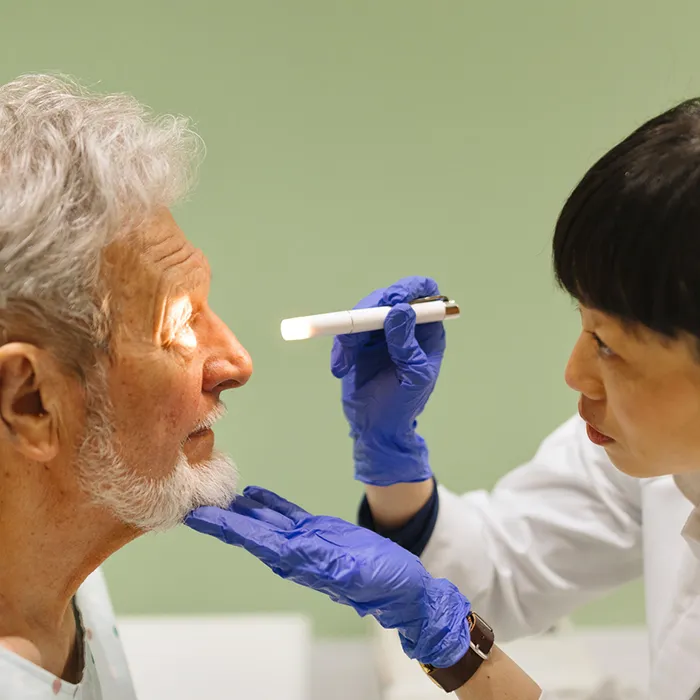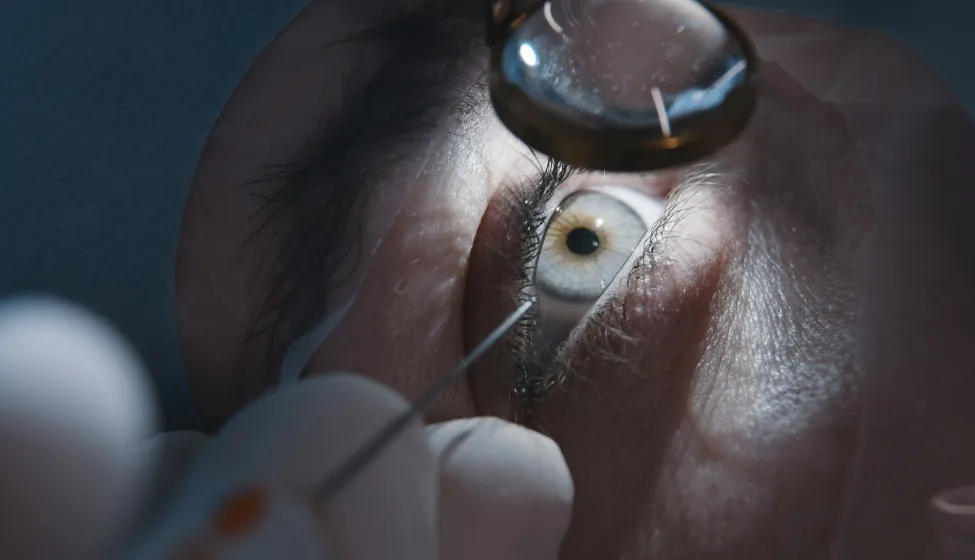July 23, 2025
Intravitreal (IVT) administration — injecting a drug or biologic solution, suspension, or intraocular implant into the inner chamber of the eye (the vitreous humor cavity) — is the route of choice to deliver pharmaceutical products for macular degeneration, branched and central vein occlusion, diabetic macular edema, and other serious eye conditions. Although the U.S. Food and Drug Administration has approved at least 12 pharmaceutical products and five product-containing implants for IVT use, this approach presents potential patient risk resulting from possible residual impurities, such as leachable chemicals from containers or residual process reagents. Although permitted daily exposure (PDE) limits for impurities have been established for intravenous administration, data gaps and a lack of specific regulatory guidance regarding safety limits for PDEs by IVT administration further underscores potential risks for the use of IVT products.
Exponent toxicologists Michael Garry and Joyce Tsuji, along with their co-authors, address these issues in their study, "Considerations and derivations of permitted daily exposure limits for impurities from intravitreal pharmaceutical products," published in the journal Regulatory Toxicology and Pharmacology. The article presents a proposed framework for establishing PDE limits for IVT impurities, along with five case examples illustrating the range of approaches depending on the nature of the impurities.
The authors' proposed multifaceted methodology for deriving PDE limits considers physiochemical properties, ocular transporters, patient-specific conditions like age and diabetes, background levels of substances like metals, and other factors. This comprehensive approach emphasizes the need for specific adjustments based on the substance, IVT properties, and the condition of patients receiving IVT therapeutics. The authors' study and proposed methodology advances efforts to ensure that a standardized health-protective approach is taken to establish PDE limits — one that is both scientifically robust and tailored to the unique challenges presented by IVT drug products.

"Considerations and derivations of permitted daily exposure limits for impurities from intravitreal pharmaceutical products"
Access the full version for purchase here
From the publication: "In the absence of a standardized approach, this framework integrates robust scientific methodologies, health-based threshold evaluations, considerations of the unique biochemistry of the eye, and extrapolation from systemic effects to assess the risks of IVT impurities."



